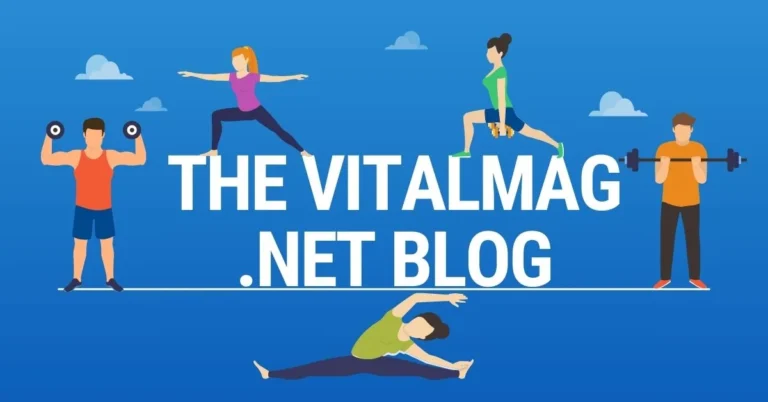Understanding the Smoothstack Lawsuit: What It Means for IT Professionals
Smoothstack, an IT services and solutions provider, has been making headlines for more than just its innovative Hire-Train-Deploy (HTD) approach. Recently, the company has been embroiled in legal controversies that have drawn significant attention. The lawsuit on Smoothstack revolves around allegations of improper employment practices, wage theft, and the use of predatory Training Repayment Agreement Provisions (TRAPs). This article will delve into the details of the lawsuit, the implications for IT professionals, and what it means for the broader industry.
Background on Smoothstack
Smoothstack is well-known in the IT industry for its unique HTD model, where it recruits and trains individuals, deploying them as IT professionals for its clients. The company prides itself on creating a diverse workforce, with 72% of its employees belonging to one or more diverse groups. Smoothstack’s approach is designed to address IT employment equity and drive meaningful career growth for diverse talent. However, behind this promising facade lies a business model that has come under scrutiny.
The Lawsuit Overview
The lawsuit on Smoothstack was initiated by the U.S. Department of Labor (DOL) in the U.S. District Court for the Eastern District of New York. The DOL’s complaint against Smoothstack Inc. and its co-founder, Boris Kuiper, alleges that the company engaged in illegal practices that trapped employees in their jobs and violated the Fair Labor Standards Act (FLSA). These practices include:
- Wage Theft: Smoothstack is accused of paying employees less than the federal minimum wage by requiring them to sign contracts obligating them to work 4,000 billable hours (about two years) or face penalties of up to $30,000. This resulted in some employees earning less than the minimum wage, a clear violation of the FLSA.
- Predatory TRAPs: The company allegedly enforced Training Repayment Agreement Provisions (TRAPs) that demanded repayment of training costs, lost profits, and administrative expenses if employees left before completing their 4,000-hour commitment. These TRAPs reportedly led to legal actions against former employees, who were often required to repay amounts far exceeding their earned wages.
- Retaliation and Obstruction: Smoothstack and Kuiper are also accused of violating the FLSA’s anti-retaliation provisions by restricting employees from engaging in protected activities, such as discussing employment conditions or cooperating with government investigations. The lawsuit claims that the company’s contracts included overly broad non-disparagement, non-disclosure, and confidentiality clauses, which further limited employees’ rights.
Implications for IT Professionals
The allegations against Smoothstack have far-reaching implications for IT professionals, particularly those at the start of their careers. The lawsuit highlights several critical issues:
- Exploitation of Entry-Level Workers: Smoothstack’s business model allegedly targets entry-level IT professionals by luring them with promises of lucrative careers, only to trap them in low-wage jobs with little to no control over their work schedules.
- Financial Burden: The TRAPs imposed by Smoothstack place a significant financial burden on employees, potentially leaving them in debt if they try to leave the company. This practice not only limits career mobility but also suppresses wages across the industry.
- Legal Precedent: The outcome of the lawsuit could set a legal precedent for how TRAPs and similar employment practices are viewed under U.S. law. If the court rules in favour of the DOL, it could lead to stricter regulations and greater protections for employees in the IT industry and beyond.
Class-Action Lawsuit and Broader Impact
In addition to the DOL’s lawsuit, a former Smoothstack employee, Justin O’Brien, has filed a class-action lawsuit against the company. This lawsuit alleges that Smoothstack’s practices amount to a modern-day indenture scheme, where workers are forced to remain in their jobs under threat of financial penalties. The class-action lawsuit further amplifies the concerns raised by the DOL, accusing Smoothstack of wage theft, unfair labor practices, and deceptive recruitment tactics.
The broader impact of these lawsuits extends beyond Smoothstack. It draws attention to the use of TRAPs in various industries, where companies exploit vulnerable workers by tying them to jobs through debt. The case also sheds light on the need for greater oversight and regulation of training programs that promise career advancement but instead deliver exploitation.
Government and Legal Responses
The lawsuits against Smoothstack come at a time when government agencies and legal organizations are increasingly scrutinizing TRAPs and other exploitative employment practices. The Federal Trade Commission (FTC) and the Consumer Financial Protection Bureau (CFPB) have both taken steps to address the issue of employer-driven debt, including TRAPs. State lawmakers are also considering legislation to ban these contracts under state law.
The outcome of the lawsuit could influence these ongoing efforts, potentially leading to new regulations that protect workers from predatory practices. For IT professionals and other workers, this could mean greater job security, fairer wages, and more freedom to pursue career opportunities without fear of financial retribution.
Conclusion
The lawsuit on Smoothstack serves as a stark reminder of the potential dangers that can arise when companies prioritize profit over the well-being of their employees. While Smoothstack’s HTD model and commitment to diversity may have initially appeared promising, the allegations against the company reveal a darker reality for many of its workers.
As the legal battles unfold, the case could lead to significant changes in how TRAPs and similar employment practices are regulated, offering hope for greater protections for IT professionals and workers across the economy. For those considering a career in IT, the lawsuit underscores the importance of carefully evaluating potential employers and understanding the terms of any employment agreements before signing on the dotted line.
FAQs:
What is the main issue in the Smoothstack lawsuit?
The lawsuit primarily addresses allegations of wage theft and the use of predatory Training Repayment Agreement Provisions (TRAPs) that trap employees in their jobs.
How do Smoothstack’s TRAPs affect employees?
Smoothstack’s TRAPs allegedly require employees to pay substantial amounts if they leave before completing 4,000 billable hours, restricting their ability to pursue other job opportunities.
What does the Department of Labor seek in the lawsuit?
The Department of Labor aims to stop Smoothstack from using practices that violate the Fair Labor Standards Act, including wage theft and retaliation against employees.
Who filed the class-action lawsuit against Smoothstack?
The class-action lawsuit was filed by former employee Justin O’Brien, who alleges that Smoothstack exploited entry-level IT professionals through unfair labor practices.
What impact could the lawsuit have on the IT industry?
If successful, the lawsuit could lead to stricter regulations on TRAPs and other exploitative employment practices, offering better protections for IT professionals.







